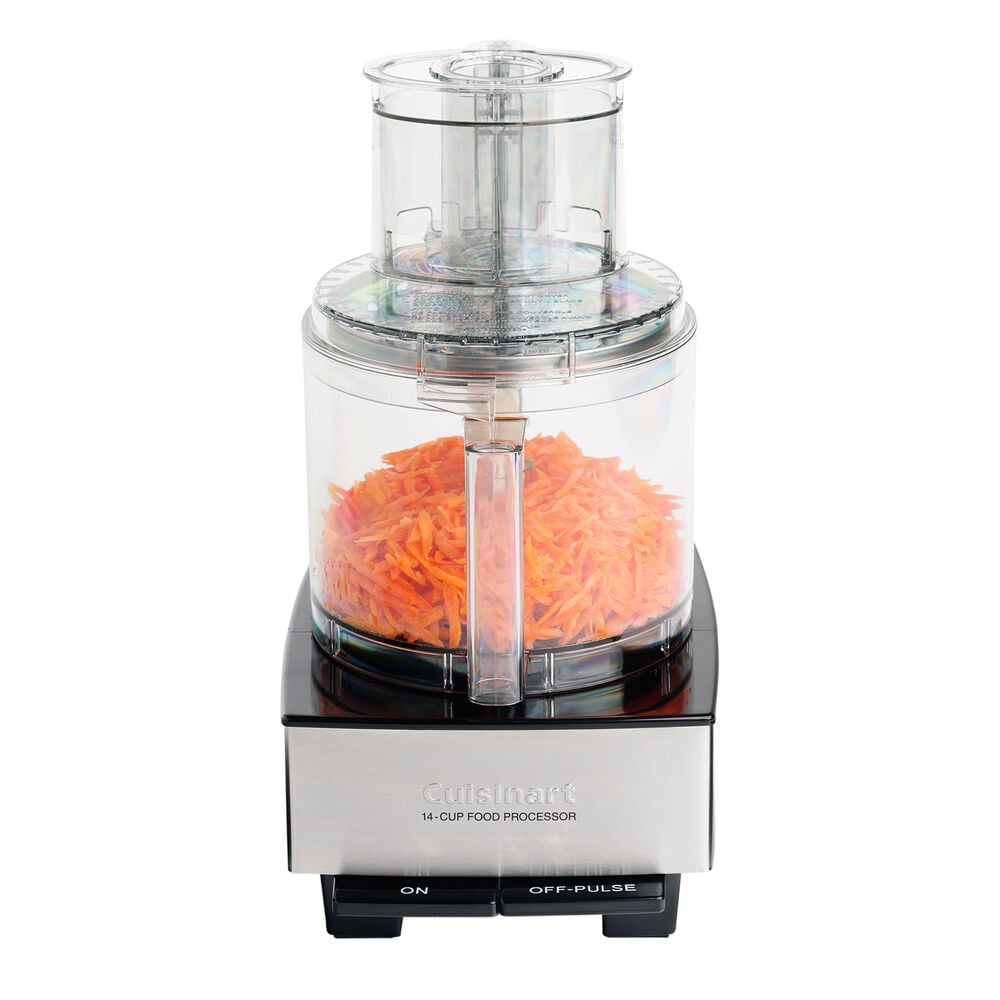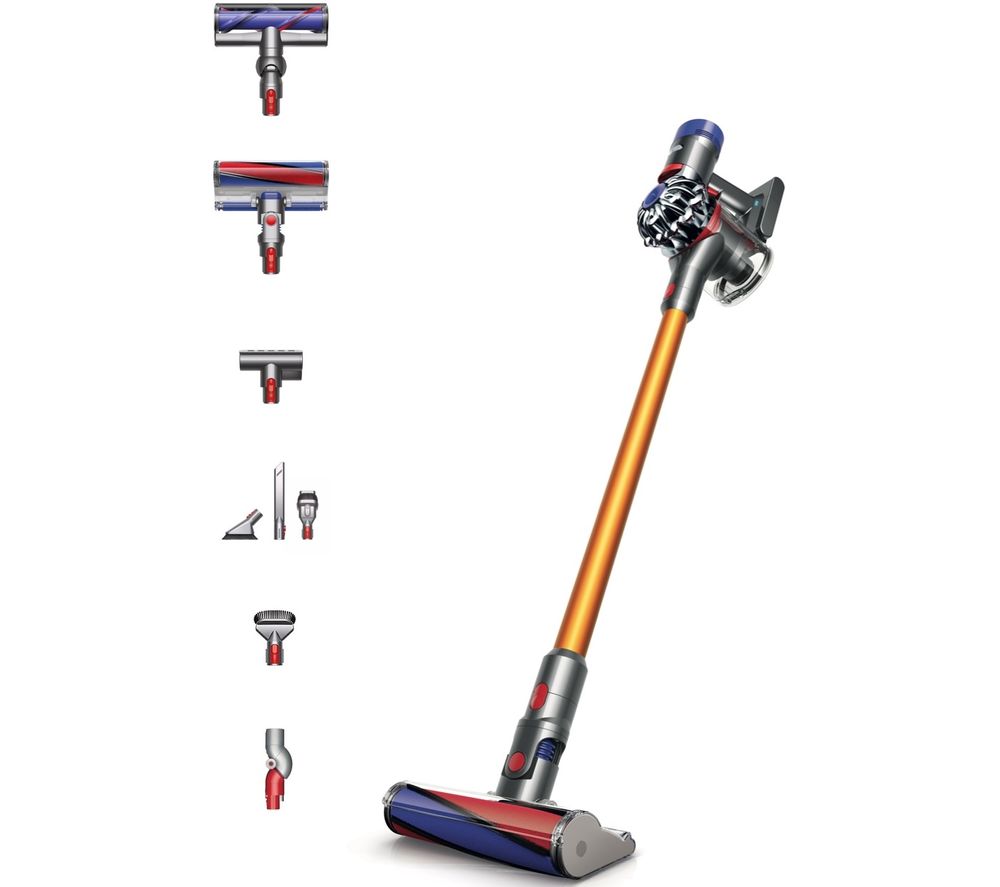Cuisinart 14-Cup Food Processor
Black-against-brushed-stainless food processor with a motor so powerful it can knead bread dough—this versatile tool is perfect for making Indian spice paste. Includes medium (4mm) slicing disc, shredding disc, chopping/mixing/kneading blade, small and large pushers, spatula and detachable disc stem.
Cuisinart 14-Cup Food Processor
- Motor base with a vertically projecting shaft and two large control levers.
- The metal blade chops raw and cooked fruits, vegetables, meat, fish and cheese to the exact consistency you want – from coarse to fine, even to a purée.
- The slicing disc makes beautiful whole slices with no torn edges. It slices whole fruits and vegetables, cooked meat, semi-frozen raw meat and loaves of bread.
- The shredding disc processes most firm and hard cheese into long, attractive shreds. It also shreds vegetables like potatoes, carrots and zucchini, an
- The slicing disc makes beautiful wholed it processes nuts and chocolate to a grated texture.
- The detachable stem fits both discs, making storage easy in limited space.
Additional information
| Manufacturer | Cuisinart |
|---|---|
| Model | DFP-14BCNY |
| Capacity | 14 cups |
| Material | Stainless steel, plastic housing |
| Warranty | 5-year full motor warranty, 3-year limited warranty on entire unit |






by Chris
We have two of these: a new one in our condo and a 15 year old one in our apartment in the city. This food processor is the ultimate in design, quality, and durability. We would never own any other brand!
by Shannon
I bought a Cuisinart in 1996. It still works perfectly. I just bought this for a new vacation home. it’s everything. I cannot recommend it enough.
by Blair
Love this machine. It is so efficient and quick and user friendly.
by Wilson
Very easy to learn to use. Just followed the simple instructions. I don’t know why I have always been afraid of food processors. It sure makes life easier in the kitchen, and Cuisinart is such a trusted brand and middle of the road when it comes to pricing that I also bought one of their stand mixers which is my first stand mixer. I’m very happy with Cuisinart.
by Michael
So far so good. Able to shred butternut squash raw with no problem.
by Christy
I love it. I had my 12 cup food processor for 12 years, and it worked just fine, I wanted a larger food processor. I bought the 14 cup and donated the other to charity.
by Mandel
So far, so good! I have used it a few times and am loving having a food processor finally! Cuisinart is a brand I trust and I have had one of their mini food processors for about 28 years, still working great! I also love that I can put all the pieces of the food processor in the dishwasher, which is actually the manufacturer’s preferred washing method. So easy!
by Bink
It does what it is supposed to but I don’t like washing it! Too many crevices that collect water that I cant get to – to dry. Its just like the cuisinart grinder / coffee maker I bought. I have to wash five (5) separate pieces every time I make a pot of coffee, and every piece must be dried completely including the inside of the machine or it gets all gummed up from the moisture. Tonight I shredded brussel sprouts. It shredded them in seconds, but it took me a long time to clean and dry all of the pieces. The bowl, the lid, the shredder blade, the shredder blade support. I could have sliced them with a knife in the same amount of time…. I bought it for making pie dough but haven’t tried that yet. Hopefully it will make it worth the ridiculous amount of money I paid for it.
by Melg
I love this food processor! It took a little learning curve but once I got the hang of it I fell in love. It makes meal prep a snap.